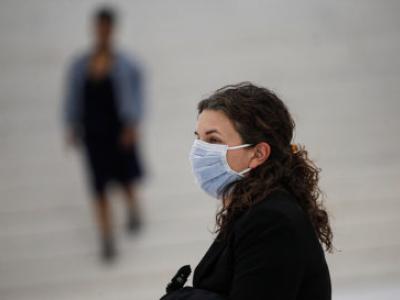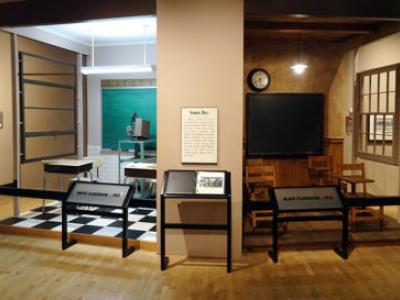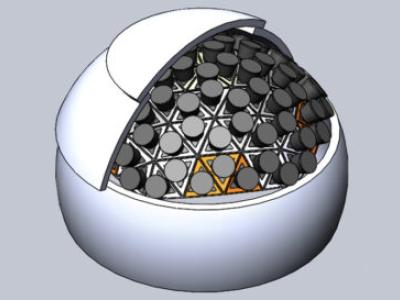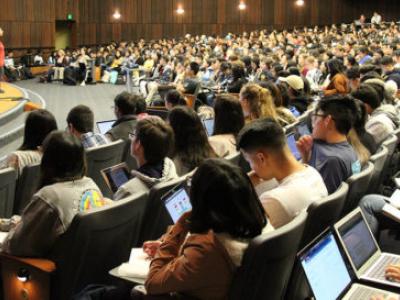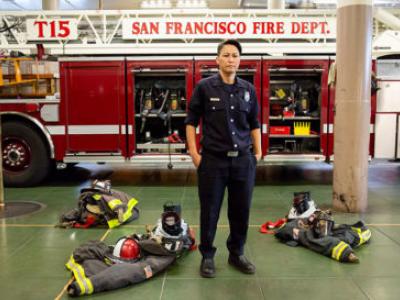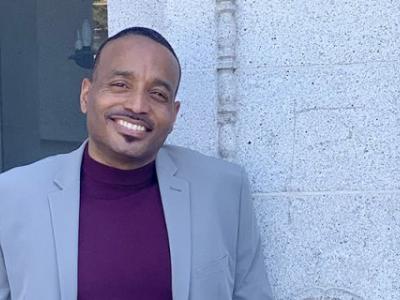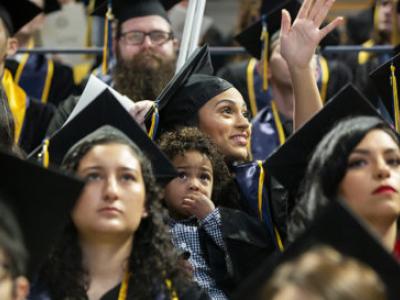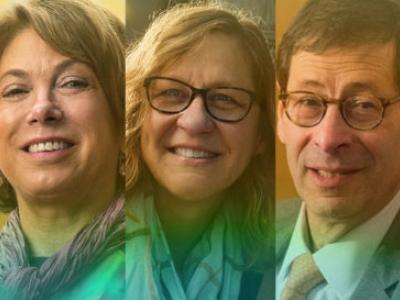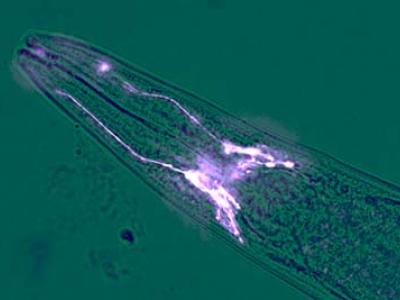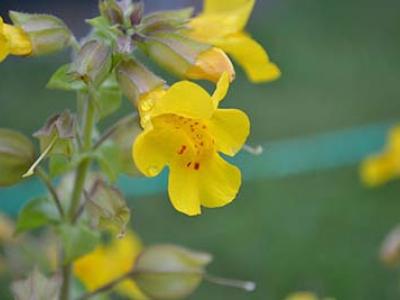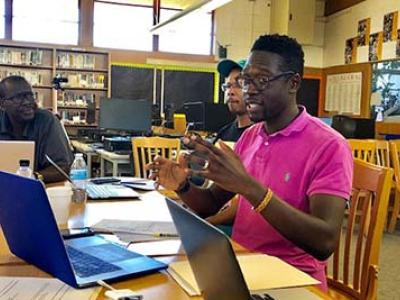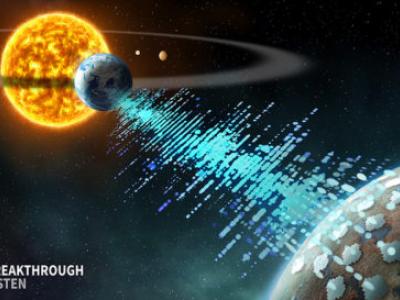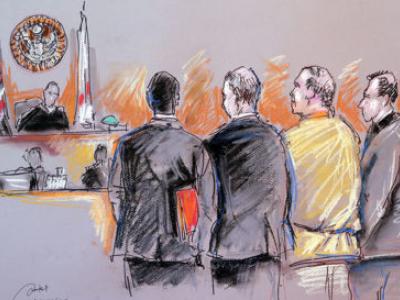While public health officials and policymakers race to contain the spread of the novel coronavirus COVID-19 in the United States, they must also grapple with a daunting reality: Approximately 27 million Americans, or about 9% of the population, live without any form of health insurance. In the state of California, those without insurance number about 3 million and about 7.5% of the population.
Research News
Learn more about UC Berkeley's researchers and innovators.
Showing 1441 - 1456 of 3512 Results
A team of researchers led by Feng Wang, a faculty scientist in Berkeley Lab’s Materials Sciences Division and a professor of physics at UC Berkeley, have tapped into their graphene system’s talent for juggling not just two properties, but three: superconducting, insulating, and a type of magnetism called ferromagnetism.
As a child growing up in Los Angeles, Elise Boddie remembers being bused to a public school outside of her local school district. It was the late 1970s, more than two decades after the U.S. Supreme Court outlawed segregated schools, and the busing was part of a statewide effort to integrate those schools that were still segregated.
Are advanced civilizations in our galaxy trying to communicate with us by means of laser blasts?
A team of University of California, San Diego, UC Berkeley, Harvard University and California Institute of Technology astronomers are building a pair of fly’s-eye observatories to find out.
UC Berkeley’s Division of Computing, Data Science, and Society (CDSS) will soon have a brick-and-mortar home, thanks to an anonymous $252 million gift to seed the construction of a new “Data Hub” on the open space at the intersection of Hearst Avenue, Arch Street and MacFarlane Lane.
U.S. Sen. Bernie Sanders has continued to widen his lead and build momentum among likely Democratic voters in the days leading up to the March 3 California primary election, according to a new poll by the UC Berkeley Institute of Governmental Studies.
San Francisco’s women firefighters are exposed to higher levels of certain toxic PFAS chemicals than women working in downtown San Francisco offices, shows a new study led by researchers at the University of California, Berkeley, the University of California, San Francisco, and Silent Spring Institute.
Rucker Johnson, Chancellor’s Professor of Public Policy, has been elected to the National Academy of Education.
Professor Johnson is a labor economist who specializes in the economics of education, with an emphasis on the role of poverty and inequality in affecting life chances.
In an era of financial insecurity and cultural tension, a dystopian vision of university education has gained traction in the United States: The cost of public higher education is too high, critics say, and when student debt and job insecurity are factored in, the benefits are too few.
But for UC Berkeley economist David Card, that critique ignores a mass of positive data. While profound challenges confront American higher education, he says, universities still bring enormous economic benefits to individual students and to the nation.
Three UC Berkeley economists with deep experience in national and international policy have been appointed to California Gov. Gavin Newsom’s new Council of Economic Advisors, the governor’s office has announced.
While many of us worry about proteins aggregating in our brains as we age and potentially causing Alzheimer’s disease or other types of neurodegeneration, we may not realize that some of the same proteins are aggregating in our muscles, setting us up for muscle atrophy in old age. UC Berkeley scientists have now found brain cells that help clean up these tangles and prolong life in worms and possibly mice. This could lead to drugs that improve muscle health or extend a healthy human lifespan.
The Democratic presidential field is divided and public opinion is fragmented and in flux. For California primary election voters, it’s an opportunity to step up on Super Tuesday to cast a vote that could propel one candidate into the frontrunner’s position.
The intricate spotted patterns dappling the bright blooms of the monkeyflower plant may be a delight to humans, but they also serve a key function for the plant. These patterns act as “bee landing pads,” attracting nearby pollinators to the flower and signaling the best approach to access the sweet nectar inside.
According to the U.S. Department of Education, in 1994, two-thirds of public school students were white. More than 20 years later, fewer than half were. In contrast, today, male teachers of color make up less than 10% of the workforce, and black males represent 1.9% of all public school teachers in the country, but have one of the highest rates of turnover. Through his research with black male teachers of color in Boston public schools, Travis Bristol found that black male teachers were leaving at higher rates because of poor working conditions and a lack of resources from school administrators.
The Breakthrough Listen Initiative today (Friday, Feb. 14) released data from the most comprehensive survey yet of radio emissions from the plane of the Milky Way Galaxy and the region around its central black hole, and it is inviting the public to search the data for signals from intelligent civilizations.
In a study with potentially far-reaching implications for criminal justice in the United States, a team of California researchers has found that algorithms are significantly more accurate than humans in predicting which defendants will later be arrested for a new crime.

